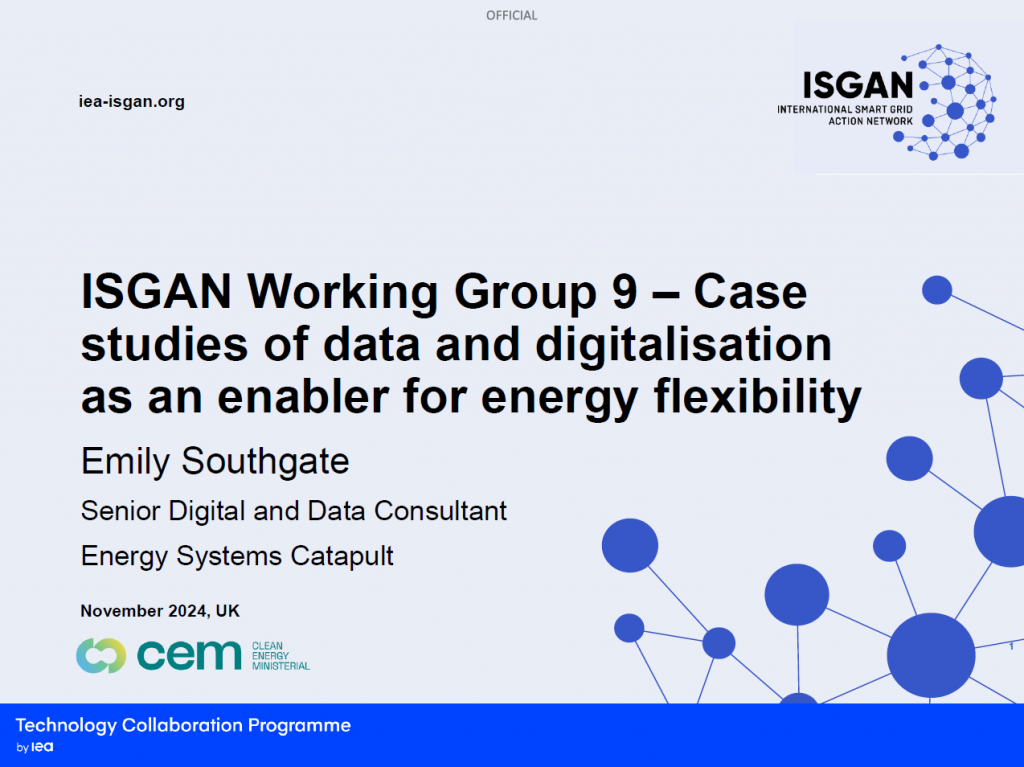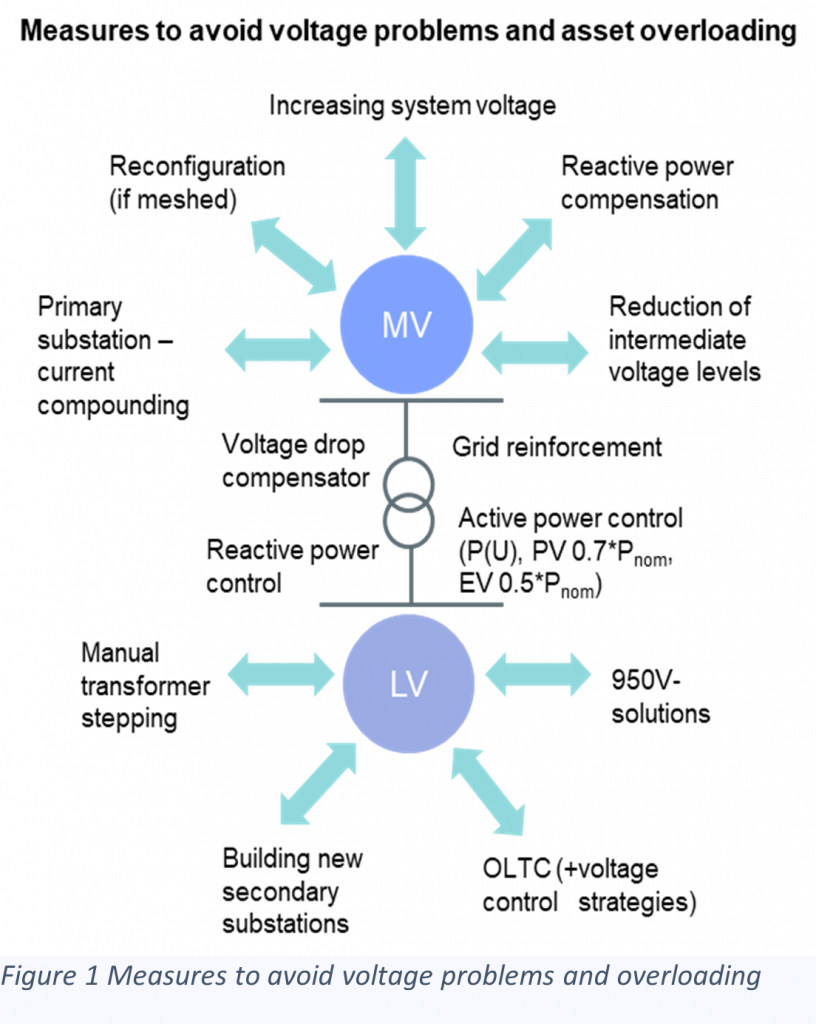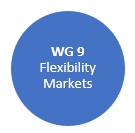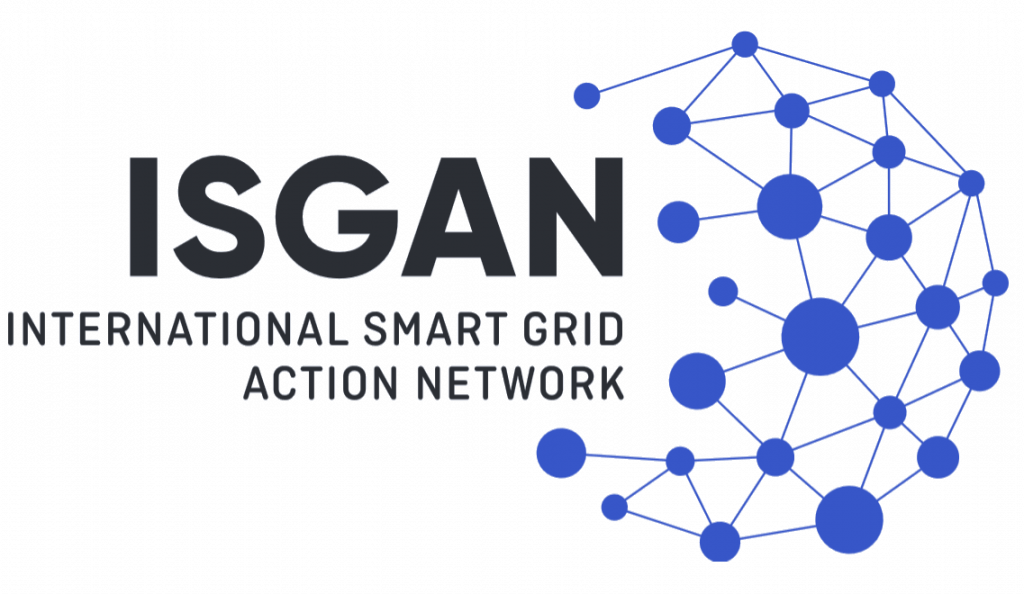Case Studies of Data and Digitalisation as an Enabler for Energy Flexibility

This data and digitalisation case studies collection was prepared by the Energy Systems Catapult UK on behalf of the Department for Energy Security and Net Zero (DESNZ), UK, under the ISGAN Working Group 9 Task on Interoperability. Energy Systems Catapult acts as the UK Alternate Delegate for ISGAN and manages Working Group 9 on behalf […]
Integrating Flexible Resources into Distribution Network Planning

This brochure presents the insights gathered as part of the ISGAN WG9 Task, drawn from stakeholder engagements with representatives from Austria, Switzerland, Belgium, Japan, the Republic of Korea, the United Kingdom, and Spain. As energy systems undergo rapid transformation due to increasing electrification and the integration of distributed energy resources, traditional distribution network planning faces […]
Taxonomy to Quantify Flexibility Potential
To make net zero technically and economically feasible, the future power system will need to capture flexibility from various resources (i.e., generation, storage, and loads) across various segments of the power system (i.e., generation, transmission, distribution, and end-use loads). The uptake of digitalization, the adoption of distributed energy resources and the push for cross-sectoral electrification is transforming traditional grid operation; resources with flexibility potential in distribution grids can be a key solution to support grid reliability, resiliency, and optimized system utilization via flexibility markets.
Barriers to incorporate distributed flexibility in operational and long-term planning – Fact sheet

Energy systems around the world are undergoing a paradigm shift, driven by the need for
decarbonization and the rapid growth of decentralized, variable renewable energy sources. A key
element for the effective integration of renewable and decentralized energy sources into the
power system is the use of flexibility from distributed resources, e.g., for market participation or
the provision of grid services.
Stakeholder Opinions on Flexibility Usage in Electric Energy Systems – Technical Report

The global energy landscape is in the midst of a profound shift towards flexibility markets and distributed solutions, necessitating a nuanced understanding of their impact on operational planning. This research, conducted under the International Smart Grid Action Network’s Working Group 9, delves into the intricacies of flexibility within the Austrian, Canadian, and Korean electricity systems. Leveraging prior research, the collaborative effort sets the stage for a comprehensive exploration of flexibility markets across diverse regions.
Working Group 9- Flexibility Markets Task 4: Operational Planning – Fact Sheet
As part of the IEA TCP for a Co-operative Programme on Smart Grids (ISGAN) Working Group 9, we access insights from existing European and non-European power systems, markets, and pilots to understand the issues and implications of flexibility market design.
Stakeholder Opinions on Flexibility Usage in Electric Energy Systems – Technical Report
The global energy landscape is in the midst of a profound shift towards flexibility markets and distributed solutions, necessitating a nuanced understanding of their impact on operational planning. This research, conducted under the International Smart Grid Action Network’s Working Group 9, delves into the intricacies of flexibility within the Austrian, Canadian, and Korean electricity systems. Leveraging prior research, the collaborative effort sets the stage for a comprehensive exploration of flexibility markets across diverse regions.
WG9 presentation at the Austrian Technology Platform on Smart Grids
On 09.10.2023 the autumn meeting of the Technology Platform Smart Grid Austria took place in Vienna with the members and hosts of Austrian Power Grid AG and Beckhoff Automation. The meeting focused on artificial intelligence and cyber security in the power grid and smart grid. As part of the presentation of ISGAN activities by Helfried Brunner, Sarah Fanta presented content and results from Working Group 9.
Possible Design Elements of Consumer Support Schemes
The very high prices that have been observed in electricity markets since September 2021 and exacerbated by the Russian invasion of Ukraine have sparked the adoption of different types of support schemes across Europe. This brief fact sheet describes possible design elements to consider for support schemes aimed at final electricity customers. The fact sheet is purely descriptive and not prescriptive.
Methods for Customer Dialogue
Customers stand as an important part of the energy transition. For several actors that interact with the energy market, it is important to understand the customers’ perspectives and driving forces. National Regulatory Authorities (NRAs) as well as market actors benefit from increased customer knowledge. In this fact sheet, the Swedish Energy Markets Inspectorate (Ei) summarizes several methods for customer dialogue which can be used by NRAs and other actors to compile and make use of customer perspectives.

